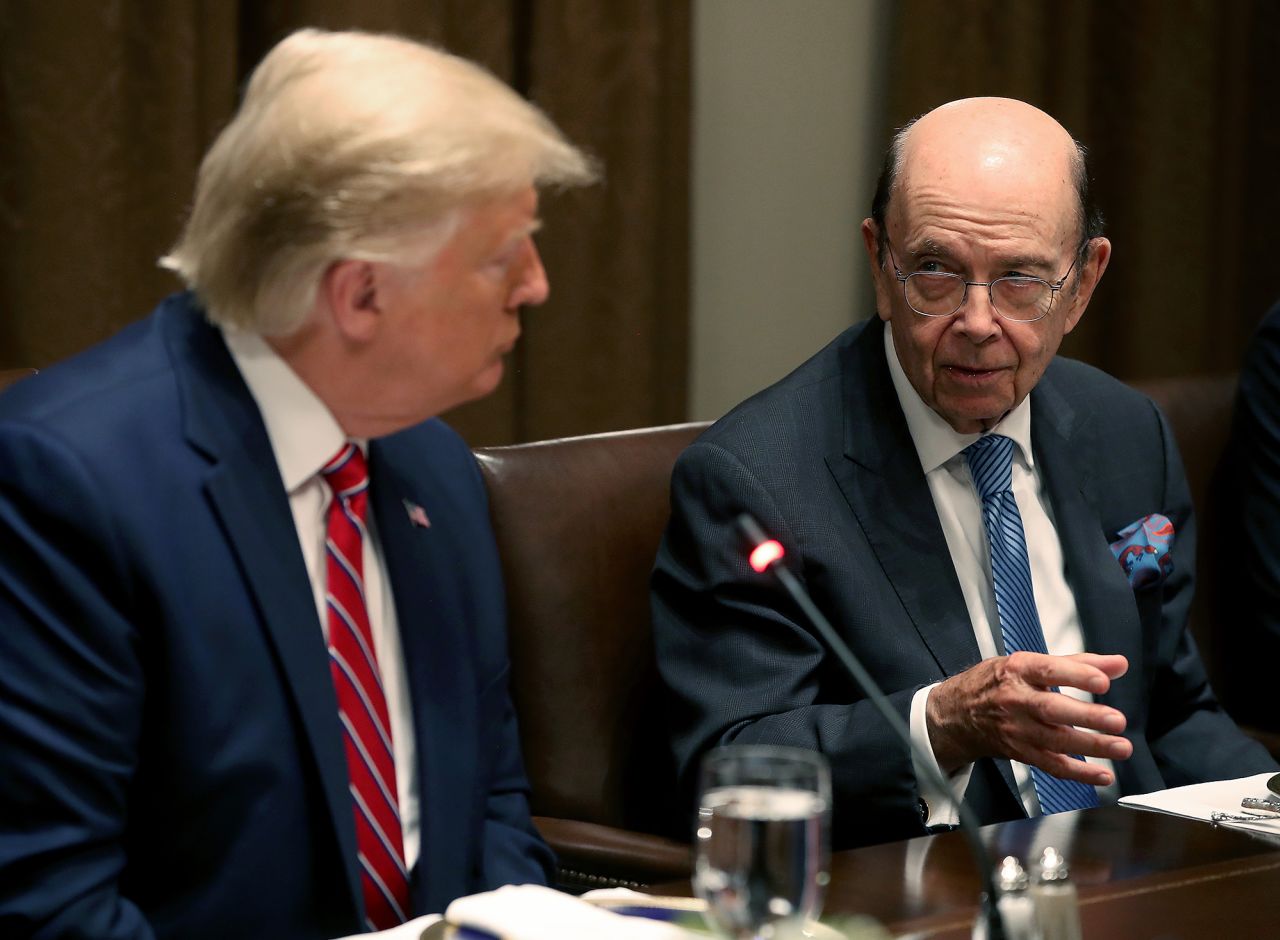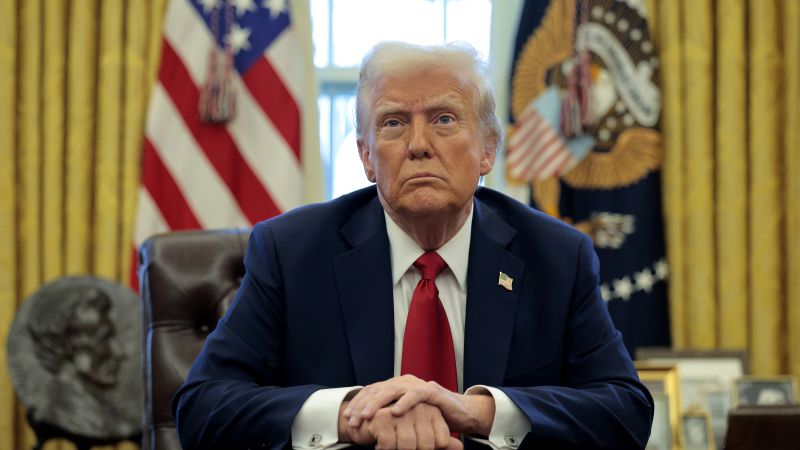
Since President Donald Trump won the election in November, businesses across the globe have been bracing for higher tariffs — a key day one promise the president made.
But over a week into his presidency, Trump has yet to enact any new tariffs.
That could change, come 11:59 p.m. ET on Saturday — the deadline Trump set for when he said he will slap 25% tariffs on all Mexican and Canadian goods and potentially a 10% tariff on all Chinese goods.
The tariffs, he said, will be imposed as a way of punishing the three nations, which Trump claims are responsible for helping people enter the country illegally and supplying fentanyl consumed in the US.
Speaking to reporters from the Oval Office on Thursday, Trump said he meant business, especially with his tariff threats on Mexico and Canada. Should he be believed?
Yes and no, said Trump’s former Commerce Secretary Wilbur Ross.
Ross, who was one of a handful of initial Cabinet members in Trump’s first administration who kept their position for the entire four-year term, said he advocated for such exclusions when he advised Trump on tariff policies.
Treasury Secretary Scott Bessent supports a gradual approach as well as carving out exclusions for certain goods, he said in his confirmation hearing. But Howard Lutnick, Trump’s nominee to lead the Commerce Department, said he endorsed a blanket tariff approach. There are pros and cons to both, said Ross.
“When we put the steel tariffs in, we got 11,000 requests for exclusions. There aren’t 11,000 legitimate requests,” Ross said, referring to the 25% tariff Trump levied on steel imported from most countries to the US in 2018 unless they satisfied certain qualifying exemption criteria. Many of those requests were denied, he added.
In addition, exclusions for certain countries’ products or certain goods quickly created “a series of whack-a-moles,” he said.

Leave a Reply